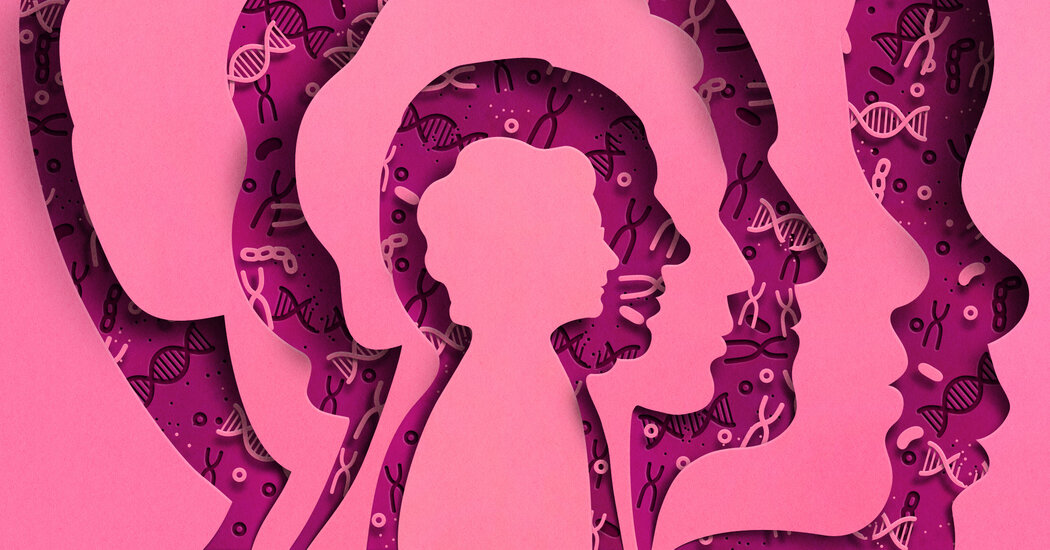Scientists are investigating how our biology changes as the years add up, and whether there are ways to stop it.
According to some estimates, consumers spend $62 billion a year on “anti-aging” treatments. But while creams, hair dyes and Botox can give the impression of youth, none of them can roll back the hands of time.
Scientists are working to understand the biological causes of aging in the hope of one day being able to offer tools to slow or stop its visible signs and, more important, age-related diseases. These underlying mechanisms are often called “the hallmarks of aging.” Many fall into two broad categories: general wear and tear on a cellular level, and the body’s decreasing ability to remove old or dysfunctional cells and proteins.
“The crucial thing about the hallmarks is that they are things that go wrong during aging, and if you reverse them,” you stand to live longer or be healthier while you age, said Dame Linda Partridge, a professorial research fellow in the division of biosciences at University College London who helped develop the aging hallmarks framework.
So far, the research has primarily been conducted in animals, but experts are gradually expanding into humans. In the meantime, understanding how aging works can help us put advice and information about the latest “breakthrough” into context, said Venki Ramakrishnan, a biochemist and Nobel laureate who wrote about many of the hallmarks of aging in his new book, “Why We Die: The New Science of Aging and the Quest for Immortality.”
We asked experts about the hallmarks of aging, how they can lead to disease and how scientists are attempting to modify them. Not all of the hallmarks are listed here, but two of the main themes are highlighted below.
Wear and Tear
Many age-related changes start with our cells, and even our genes, acquiring damage and acting up as we get older.
